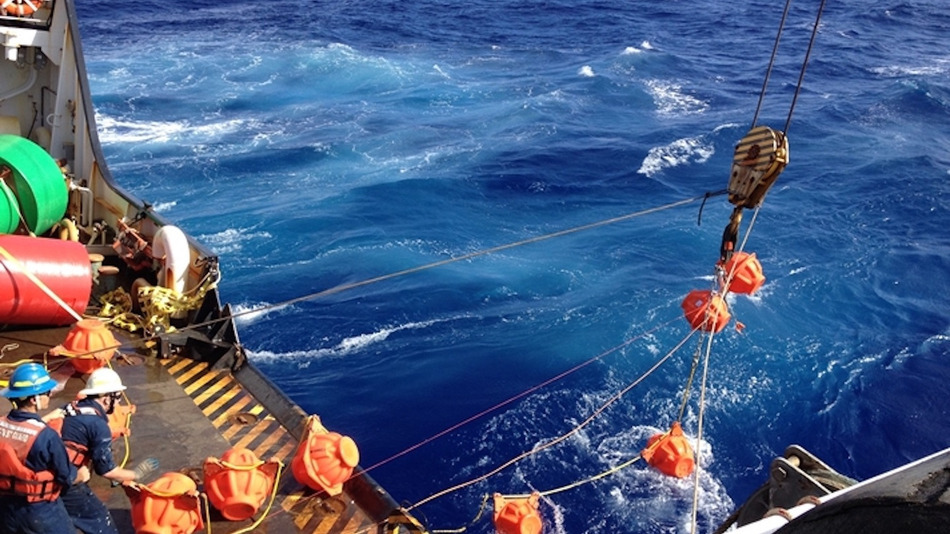-
Tips for becoming a good boxer - November 6, 2020
-
7 expert tips for making your hens night a memorable one - November 6, 2020
-
5 reasons to host your Christmas party on a cruise boat - November 6, 2020
-
What to do when you’re charged with a crime - November 6, 2020
-
Should you get one or multiple dogs? Here’s all you need to know - November 3, 2020
-
A Guide: How to Build Your Very Own Magic Mirror - February 14, 2019
-
Our Top Inspirational Baseball Stars - November 24, 2018
-
Five Tech Tools That Will Help You Turn Your Blog into a Business - November 24, 2018
-
How to Indulge on Vacation without Expanding Your Waist - November 9, 2018
-
5 Strategies for Businesses to Appeal to Today’s Increasingly Mobile-Crazed Customers - November 9, 2018
Scientists say bottom of deepest oceans still noisy
A few remotely operated vehicles and instruments have been deployed in the Mariana Trench, but Dziak said the recent recordings might be the first ever captured at such great depths.
Advertisement
The hydrophone also picked up sound from ship propellers, likely from cargo ships headed to and from Guam, China and the Philippines. As Oregon Public Broadcasting notes, “Lots of additional research is happening along the West Coast to study possible impacts on whales and other marine creatures from increasing human-caused underwater noise”.
The bottom of the Challenger Deep trough is roughly seven miles below the ocean’s surface.
“The pressure at that depth is incredible”, Haru Matsumoto, an Oregon State University ocean engineer who worked on the project, said in the statement.
The scientists eavesdropped using a special, titanium-armored mic that wouldn’t implode under the trench’s pressure of 16,000 PSI (sea-level pressure is around 15 PSI). The device recorded sound continuously over 23 days, completely filling the flash drive.
The ceramic hydrophone had to be lowered with extreme caution, dropping only 5 meters per second due to rapid pressure change. It took the device about six hours to reach the bottom, more than eleven kilometers below the surface. When researchers finally yanked the hydrophone back above the waves, they discovered a tape far noisier than they’d expected. Attached floats allowed it to gradually ascend to the surface.
“It is akin to sending a deep-space probe to the outer Solar System”, Dziak told Gizmodo.
On the whole, we know very little about what goes on inside the Mariana Trench, located at the bottom of the Pacific Ocean around 322 km (200 miles) southwest of Guam, mostly because it’s so hard for us to get to. Since our hydrophone was at 11 kilometres, it actually was below the quake, which is really an unusual experience.
Instead of the silence the team was expecting to find seven miles below the surface of the ocean, they, instead, found a world brimming with odd noises and echoes from the world above.
Dziak pitched the $100,000 project two years ago, with the goal of establishing a baseline for ambient noise inside the Mariana Trench.
Advertisement
Dziak, Matsumoto, and Haxel all work for NOAA’s Pacific Marine Environmental Laboratory in the Acoustics Program located at OSU’s Hatfield Marine Science Center. According to Anadolu Agency, The research was conducted in an area known as Challenger Deep trough, the deepest known point of any ocean on the planet.




























